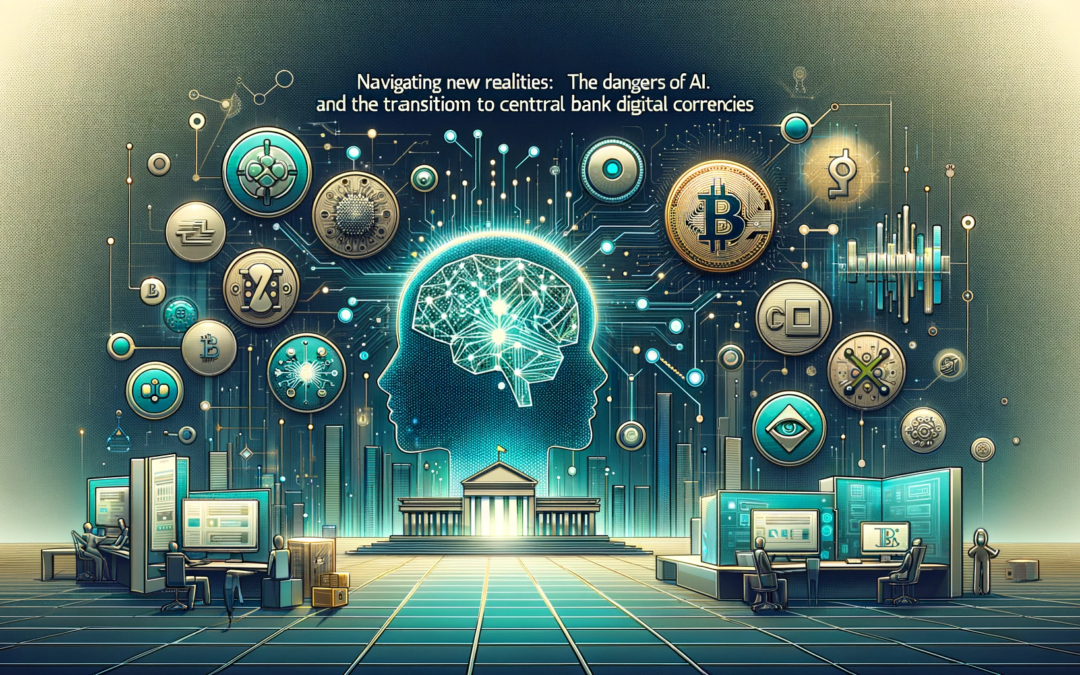In the rapidly evolving digital landscape, two significant developments have captured the global spotlight: the advancement of Artificial Intelligence (AI) and the emergence of Central Bank Digital Currencies (CBDCs). While these innovations promise efficiency and progress, they also bring forth a set of challenges and dangers that need careful navigation.
The Rise of AI: Opportunities and Risks:
AI technology, with its unparalleled ability to analyze data, automate processes, and enhance decision-making, has become integral to various sectors. However, this widespread adoption comes with inherent risks:
- Privacy Concerns: AI systems often rely on vast amounts of personal data, raising concerns about privacy violations and data security.
- Algorithmic Bias and Inequality: AI algorithms can perpetuate and even amplify existing biases, leading to unequal impacts across different social groups.
- Job Displacement: Automation through AI could lead to significant shifts in the job market, potentially resulting in unemployment in certain sectors.
- Autonomy and Accountability: As AI systems become more autonomous, determining accountability for decisions made by AI poses a complex challenge.
The Shift to CBDCs: Implications and Concerns:
Central Bank Digital Currencies represent a monumental shift in the financial landscape. As digital versions of national fiat currencies, CBDCs offer potential benefits like increased transaction efficiency and reduced costs. However, they also come with significant implications:
- Financial Privacy: CBDCs could lead to unprecedented levels of financial surveillance, allowing governments to track citizens’ transactions closely.
- Cybersecurity Risks: The digital nature of CBDCs makes them susceptible to cyberattacks and technical glitches, which could have far-reaching consequences.
- Economic Control and Power: CBDCs centralize monetary control, potentially leading to concerns over government overreach and the erosion of financial autonomy.
- Impact on Traditional Banking: The introduction of CBDCs could disrupt the traditional banking system, affecting everything from deposits to loans.
Conclusion:
The advent of AI and CBDCs represents a double-edged sword. While they offer significant advancements and efficiencies, they also bring about challenges that need to be addressed with robust policies, ethical considerations, and technological safeguards. As society stands on the brink of these monumental shifts, it’s crucial to weigh the benefits against the potential dangers, ensuring that progress does not come at the cost of fundamental rights and securities.
This article provides a comprehensive overview of the potential risks associated with the increasing use of AI and the introduction of CBDCs. It aims to foster a balanced understanding of these technologies, encouraging a cautious yet optimistic approach to their adoption and regulation.










